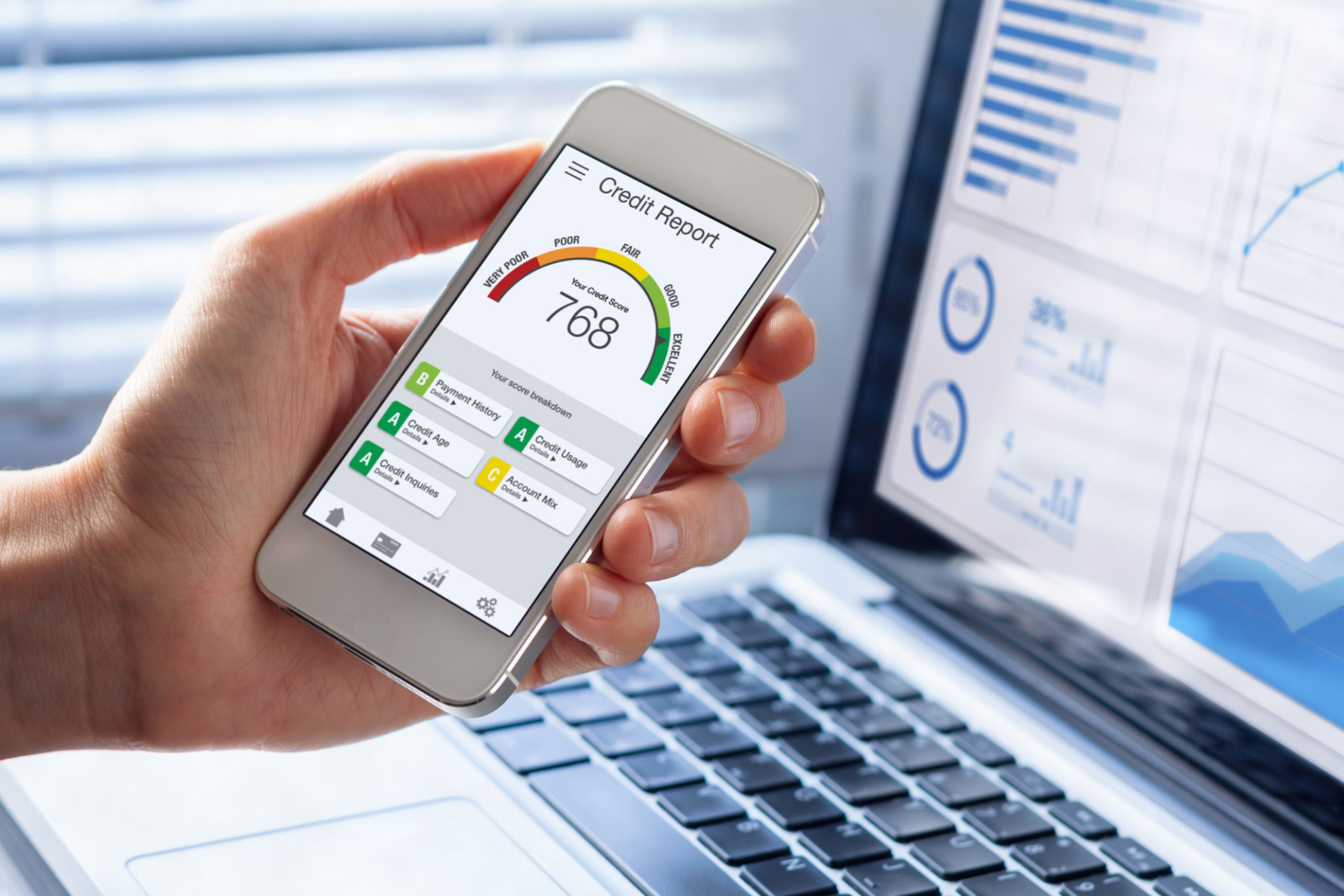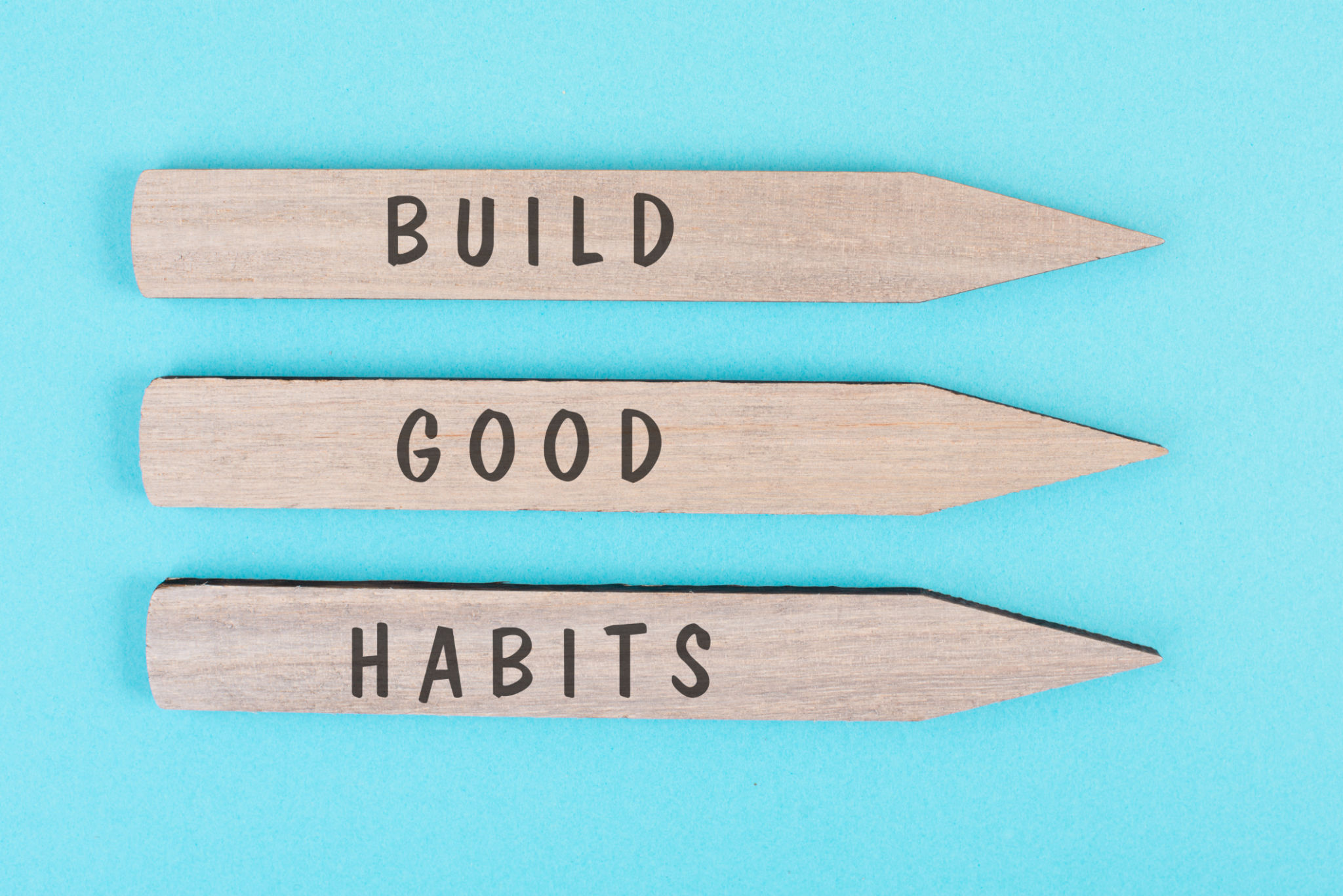Ultimate Guide to DIY Credit Repair: Steps to Improve Your Score
Understanding Your Credit Score
Your credit score is a crucial number that affects your financial health. It determines your eligibility for loans, credit cards, and even housing. A higher score can unlock better interest rates and terms, saving you money in the long run. Understanding the components of your credit score is the first step in repairing it.

Credit scores are typically composed of five main factors: payment history, amounts owed, length of credit history, new credit, and types of credit used. Each factor has a different weight, with payment history and amounts owed being the most significant. Knowing this can help you prioritize your efforts in improving your score.
Assessing Your Credit Report
The next step in DIY credit repair is obtaining and reviewing your credit report. You are entitled to a free report annually from each of the three major credit bureaus: Experian, Equifax, and TransUnion. Carefully check these reports for errors or discrepancies, as inaccuracies can negatively impact your score.

If you find any errors, such as incorrect account information or fraudulent activity, it is crucial to dispute them immediately. Contact the credit bureau with supporting documents to rectify these issues. Correcting errors can lead to a significant improvement in your credit score.
Disputing Errors
When disputing errors on your credit report, it’s essential to be organized and thorough. Prepare a letter detailing the inaccuracies and include copies of any supporting documents. Submit this information to both the credit bureau and the creditor involved. Follow up regularly to ensure the dispute is resolved in a timely manner.
Developing a Payment Plan
Improving your payment history is crucial for boosting your credit score. If you have outstanding debts, create a realistic payment plan to tackle them. Prioritize debts with high-interest rates or those that are significantly impacting your score.

Consider setting up automatic payments to avoid missing due dates, which can further harm your score. Consistent, timely payments will gradually improve your payment history component of your credit score.
Reducing Your Debt
Another critical aspect of credit repair is reducing your debt-to-credit ratio. This involves paying down outstanding debts and avoiding accruing new ones. Aim to keep your credit card balances below 30% of your total available credit limit.
If possible, consider transferring high-interest debt to a lower-interest account or consolidating debts to simplify payments. These strategies can help make debt management more manageable and effective.
Building Positive Credit Habits
Once you've addressed immediate issues with your credit report and debts, focus on building positive credit habits for the future. Regularly monitor your credit score to track progress and identify areas needing improvement.

Consider applying for a secured credit card or becoming an authorized user on a responsible person's account to build positive credit history. Pay off balances in full each month to avoid interest charges and demonstrate responsible credit use.
By following these steps and maintaining diligence over time, you can successfully repair your credit on your own and improve your financial future.